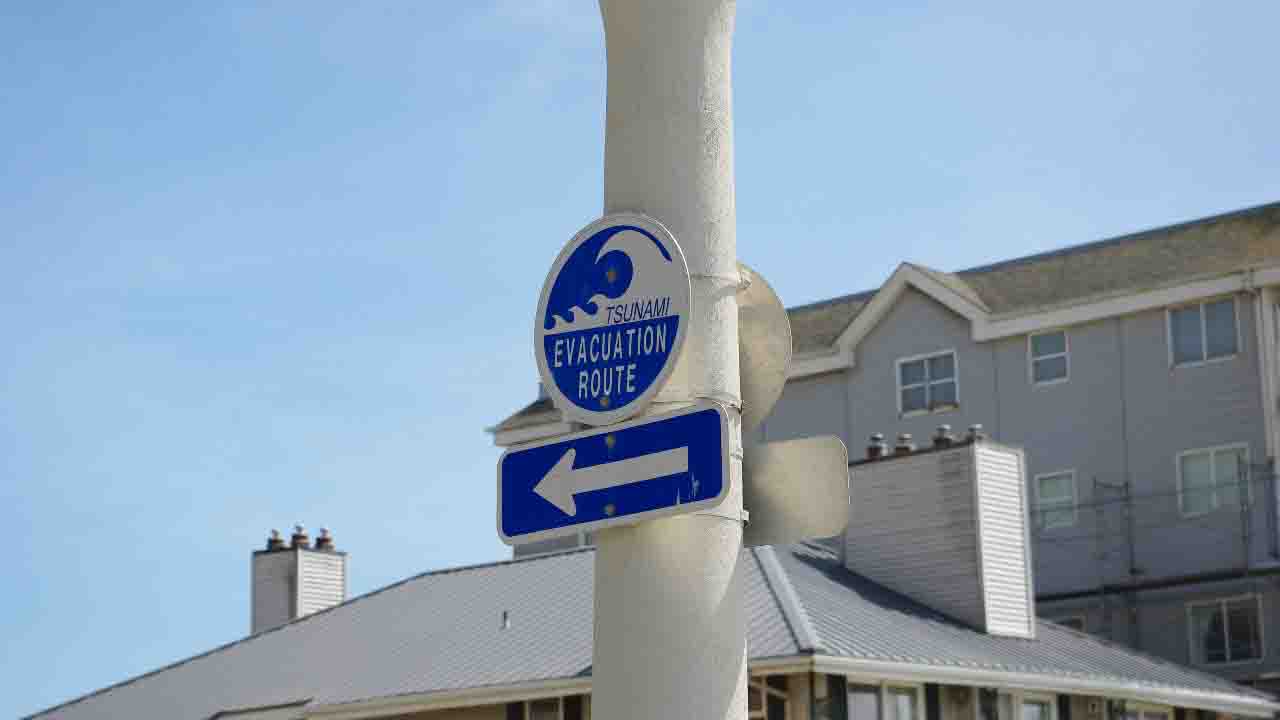The team, from the School of Mathematics, at Cardiff University integrated state-of-the-art acoustic technology with artificial intelligence (AI) for the tracking of tectonic activity in real-time.
Their findings recently appeared in Physics of Fluids, that utilized sound recordings gathered by underwater microphones, known as hydrophones, to gage the acoustic radiation produced by 200 earthquakes which took place in the Pacific and Indian Ocean.
Dr Usama Kadri, a Senior Lecturer in Applied Mathematics at Cardiff University as well as a co-author, of the study indicated that tsunamis could be largely destructive that can bring about large numbers of loss of life and devastating coastal locations, that brings about key social and economic effects as a complete infrastructure is eliminated.
“Our study demonstrates how to obtain fast and reliable information about the size and scale of tsunamis by monitoring acoustic-gravity waves, which travel through the water much faster than tsunami waves enabling more time for evacuation of locations before landfall,” said Dr Kadri.
Acoustic-gravity waves, also known as AGWs, are a type of atmospheric and oceanic wave that propagate through a combination of acoustic (sound) and gravity (buoyancy) forces. They are large-scale waves that can travel significant distances, affecting both the atmosphere and the ocean.
AGWs are typically generated by intense events such as volcanic eruptions, earthquakes, meteorite impacts, or large-scale explosions. These events release enormous amounts of energy, creating disturbances that propagate through the surrounding medium.
“This acoustic radiation also carries information about the originating source of the tectonic event and its pressure field can be recorded at distant locations, even thousands of kilometres away from the source,” said Dr Kadri who further indicated that this is significant as not all underwater earthquakes bring about tsunamis.
The present warning systems depend on waves reaching sea buoys prior to the tsunami warnings being triggered. This gives people less time to evacuate.
Sea buoys are utilized together with seismic sensors for the gaging of the underwater earthquake, however the technology is not consistently precise for the forecasting of danger posed by resulting tsunamis, as indicated by researchers.
Formed to be utilized together with the current warning systems, the researchers applied a computational model to triangulate the source of the tectonic event with the application of hydrophone recordings.
Algorithms then classify the slip type and magnitude of the earthquake prior to the features of the earthquake such as length and width, uplift speed, and duration being calculated to show the size of the tsunami.
Co-author Dr Bernabe Gomez Perez, who took up the study while at Cardiff University is presently at the University of California in Los Angeles indicated that tectonic events having a strong vertical slip element has a greater chance to increase or reduce the water column when contrasted to horizontal slip elements.








